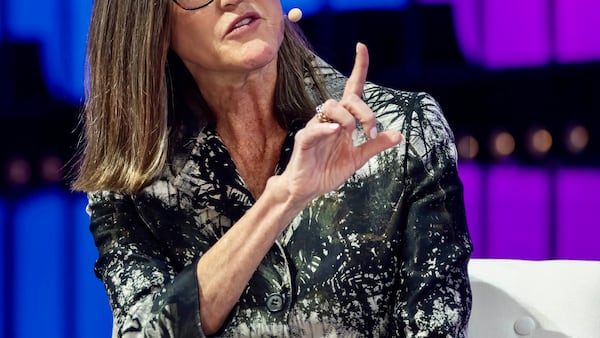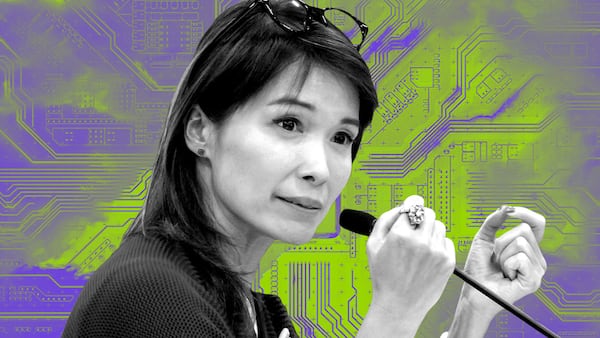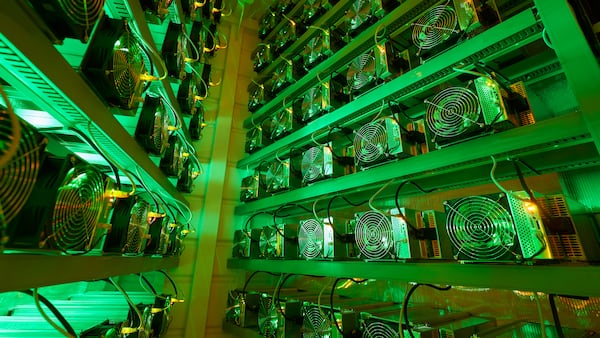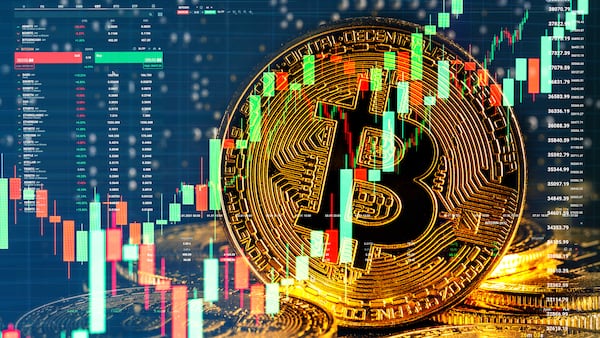- ORDI's price is up big time.
- ORDI trading has also made the Bitcoin network more congested.
ORDI, a buzzy token on the Bitcoin blockchain, has registered a 204% gain since the start of December, placing it among the top performing crypto assets so far this month.
The reason? Growing enthusiasm for the Ordinals protocol — a way to give normally interchangeable micro units of Bitcoin unique identifiers — allowing them to be tracked, transferred, and imbued with individual meanings.
The growing interest in ORDI is mirrored in Bitcoin network’s transaction fees. They’re at their highest point in over two years as traders speculate on assets within the network’s Ordinals ecosystem.
And ORDI is at the centre of such speculation.
ORDI is a BRC-20 token, a token standard made possible by the Ordinals protocol.
BRC-20 tokens are similar to the ERC-20 standard which lets users create fungible tokens on Ethereum. Uniswap’s governance token, UNI, is an example of an ERC-20 token.
ORDI was the first BRC-20 token created, and just like Bitcoin, it has a total supply of 21 million coins.
Other major BRC-20 tokens include SATS, named after the smallest possible denomination of Bitcoin — a Satoshi — and DOMO, named after the pseudonymous developer who created the BRC-20 token standard.
Although ORDI doesn’t do anything at the moment, other BRC-20 tokens are starting to incorporate utility, such as token voting.
But ORDI has become the main proxy for the success of other assets built on the Ordinals protocol, and the potential the new technology brings to the Bitcoin blockchain.
Top crypto exchange Binance’s decision to list ORDI for trading in early November has also contributed to its rise in popularity.
ORDI currently sits at a $1.4 billion market capitalisation, making it the 52nd-biggest crypto asset.
What are Ordinals?
The Ordinals protocol was created by software engineer Casey Rodarmor in January. The protocol helps generate eponymous Ordinals, or also called Inscriptions. They represent the closest counterpart to Ethereum’s non-fungible tokens within the Bitcoin blockchain.
Unlike many NFTs on Ethereum, Ordinals inscribe their data directly onto the Bitcoin blockchain, making them immutable.
But the protocol has split opinions within the Bitcoin community.
Supporters say it heralds new use cases for the Bitcoin blockchain, which has received criticism in recent years due to its limited functionality compared to other blockchains such as Ethereum and Solana.
But detractors argue that Ordinals clog Bitcoin with excess data, and detract from Bitcoin creator Satoshi Nakamoto’s original vision of the blockchain as a payments network.
Bitcoin Frogs is currently the top-traded Ordinals collection, with an all time trading volume of over 935 BTC — or about $41 million.
So far, Bitcoin users have created over 46 million unique inscriptions through the Ordinals protocol, according to data from Ordinals blockchain explorer Ordiscan.
And they’re starting to receive mainstream attention.
This month, Sotheby’s is auctioning artwork from BitcoinShrooms, a project on the Bitcoin Ordinals created by the artist known as Shroomtoshi.
ORDI drives Bitcoin fees — and congestion — higher
Since ORDI lives on the Bitcoin blockchain, traders must pay fees in Bitcoin to buy and sell it.
The increased ORDI trading has made Bitcoin more congested, causing transaction fees to rise substantially. The cost to use Bitcoin now consistently sits at its highest level since 2021, according to data from BitInfoCharts.
Over the past week, Bitcoin has generated $26.4 million from transaction fees according to DefiLlama data. That puts it ahead of popular DeFi protocols like Uniswap and Lido.
Data from mempool.space shows that there are currently over 245,000 unconfirmed Bitcoin transactions waiting to be processed.
But every day users of Bitcoin — like those in El Salvador where it’s legal tender — typically rely on a scaling solution called the Lightning network. That makes Bitcoin transactions much faster and cheaper.




